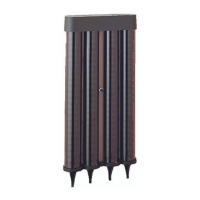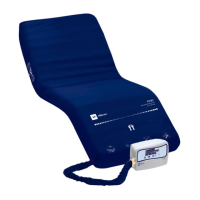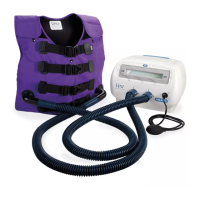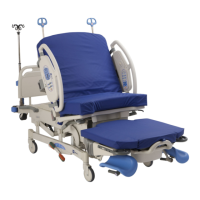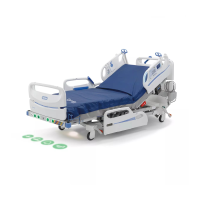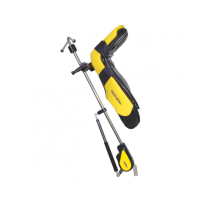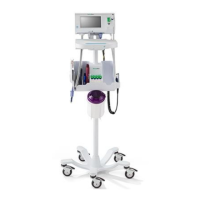Safety
All users of the monitor must read and understand all safety information presented in this manual
before using or repairing the monitor.
United States federal law restricts this device to sale, distribution, or use by or on the order of a
licensed medical practitioner.
Warnings and cautions
WARNING Safety risk. Make frequent electrical and visual checks on cables,
sensors, and electrode wires. All cables, sensors, and electrode wires must be
inspected and properly maintained and in proper working order to allow the
equipment to function properly and to protect patients.
WARNING Safety risk. Place the monitor and accessories in locations where they
cannot harm the patient should they fall from a shelf or mount.
WARNING Fire and explosion hazard. Do not operate the monitor in the presence
of a flammable anesthetic mixture with air, oxygen, or nitrous oxide; in oxygen-
enriched environments; or in any other potentially explosive environment.
WARNING Inaccurate measurement risk. Dust and particle ingress can affect the
accuracy of blood pressure measurements. Use the monitor in clean environments
to ensure measurement accuracy. If you notice dust or lint build-up on the
monitor’s vent openings, have the monitor inspected and cleaned by a qualified
service technician.
WARNING Defective batteries can damage the monitor. If the battery shows any
signs of damage or cracking, it must be replaced immediately and only with a
battery approved by Welch Allyn.
CAUTION Before disassembling the device or installing options, disconnect the
patient from the monitor, power down the device, and disconnect the AC power
cord and any attached accessories (for example, SpO2 sensors, blood pressure
hoses and cuffs, and temperature probes) from the device.
CAUTION To ensure that the monitor meets its performance specifications, store
and use the monitor in an environment that maintains the specified temperature
and humidity ranges.
5

